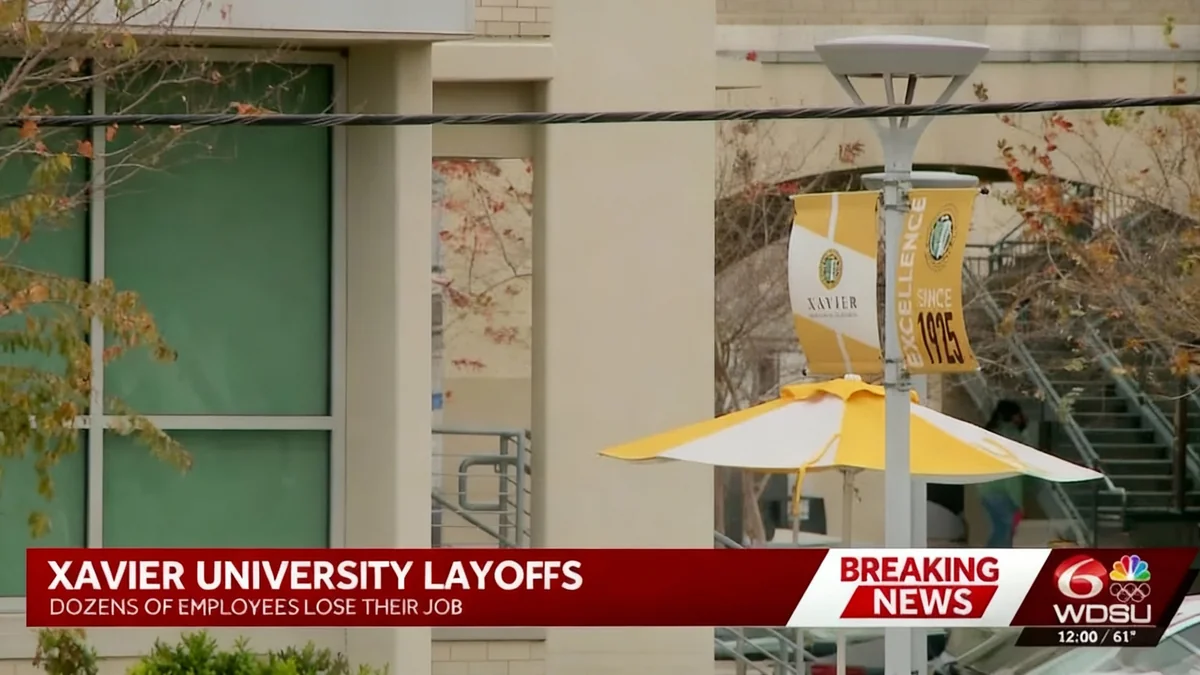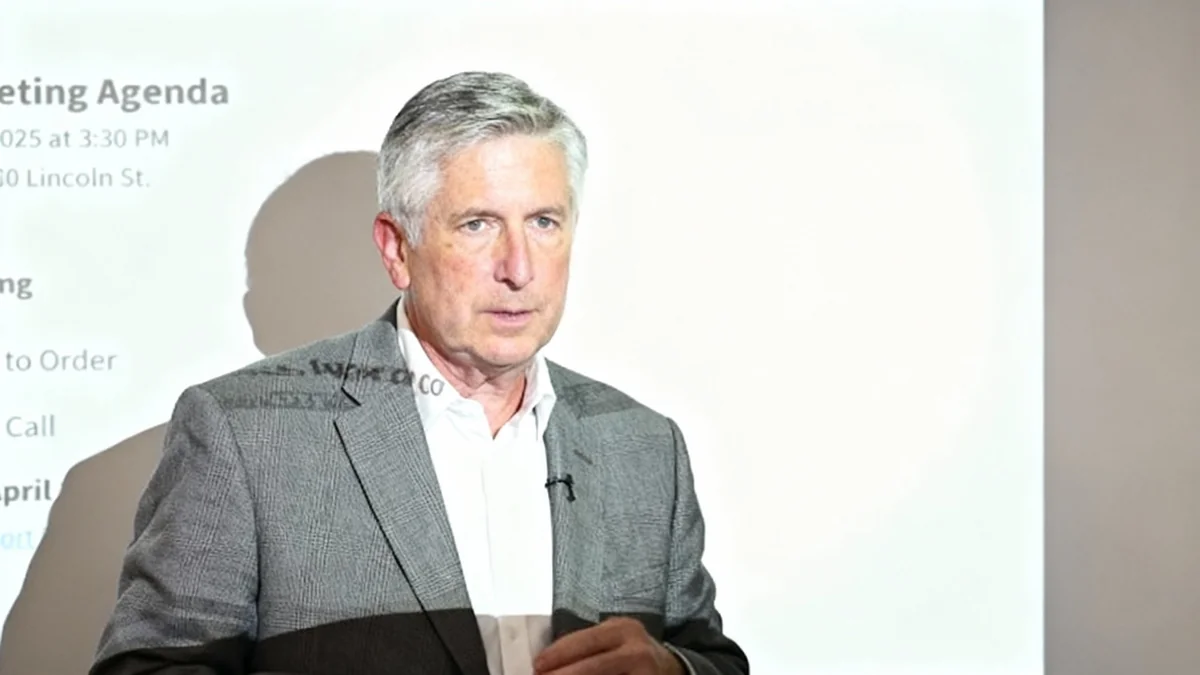The University of Louisiana at Lafayette is eliminating 70 employee positions as it confronts a significant structural deficit. Interim President Jaimie Hebert confirmed the move, which is part of a broader strategy to close a $25 million financial gap and ensure the university's long-term stability.
The personnel changes, which affect all divisions of the university, will be implemented through a combination of position eliminations, retirements, resignations, and reassignments. This follows the elimination of six other positions announced just last month.
Key Takeaways
- UL Lafayette is cutting 70 employee positions across all university divisions.
- The cuts are part of a plan to address a $25 million structural deficit.
- To date, the university has identified $20.5 million in total reductions.
- An additional $15 million in reductions is planned to address the remaining deficit and recurring debt.
- Affected employees were scheduled to be notified by their supervisors on Friday.
Addressing a Financial Crisis
The university administration has been working for several months to realign its finances. According to an email sent to faculty and staff by Interim President Jaimie Hebert, these actions are the result of careful planning and collaboration. The goal is to make difficult but necessary decisions to secure the university's future.
With the latest round of cuts, UL Lafayette has identified a total of $20.5 million in reductions. This brings the institution closer to resolving its immediate $25 million structural deficit. However, the financial restructuring is far from over.
Understanding the Deficit
A structural deficit occurs when an organization's recurring expenditures exceed its recurring revenues over a long-term period. This is different from a cyclical deficit, which might be caused by a temporary economic downturn. Addressing a structural deficit often requires permanent changes to spending or revenue streams, such as the personnel reductions seen at UL Lafayette.
Hebert emphasized that the decisions were not made lightly and involved extensive review by university leadership, including vice presidents and supervisors, to assess needs and priorities across campus.
The Human Impact of Budget Cuts
Supervisors were tasked with meeting affected employees on Friday to deliver the news. The administration acknowledged the emotional toll these decisions will have on the campus community.
"I know this is an uncertain and emotional time and this news will certainly deepen that anxiety," Hebert stated in his communication. "We have chosen to share this information now to give our community time to process and to ensure that communication happens with care."
The university has expressed its gratitude for the service of the employees whose roles are being changed or eliminated. Hebert affirmed the institution's commitment to handling the transition with compassion and respect.
The 70 affected positions are spread across all university divisions, indicating a campus-wide effort to reduce costs. The methods used include:
- Position Eliminations: Some roles will be permanently removed.
- Retirements: Some employees may have accepted retirement packages.
- Resignations: The total includes positions left vacant through resignations.
- Reassignments: Some staff may be moved to different roles within the university.
A Path Forward: The Next Phase of Reductions
While the $20.5 million in identified savings is a significant step, more work remains. The university must still address the remaining $5 million of the structural deficit. Beyond that, it faces a recurring debt of approximately $25 million that also needs to be resolved.
Financial Restructuring by the Numbers
- Total Structural Deficit: $25 million
- Reductions Identified to Date: $20.5 million
- Remaining Deficit to Address: $5 million
- Target for Additional Reductions: $15 million
To tackle these challenges, the administration has set a target of an additional $15 million in reductions over the coming months. This amount is designed to erase the rest of the structural deficit and begin paying down the first $10 million of recurring debt.
Hebert described this next phase as essential for achieving financial stability and positioning UL Lafayette for future health and growth. He stressed that these measures, while difficult, are rooted in a shared responsibility to strengthen the university for the long term.
Unwavering Commitment to the University's Mission
Despite the financial challenges and personnel changes, the university's leadership insists its core mission remains unchanged. Hebert reassured the community that the focus on teaching, research, and service will continue with "steadiness and purpose."
He concluded his message with a note of resilience, drawing on the university's history of overcoming difficult periods.
"Ultimately, what defines this University is not the challenges we face, but how we face them," Hebert wrote. "We have met difficult times before and emerged stronger. And we will again."
The coming months will be a period of significant transition for the UL Lafayette community as it navigates these financial adjustments. The administration has committed to transparency and careful communication as it implements the next phase of its financial realignment plan.





